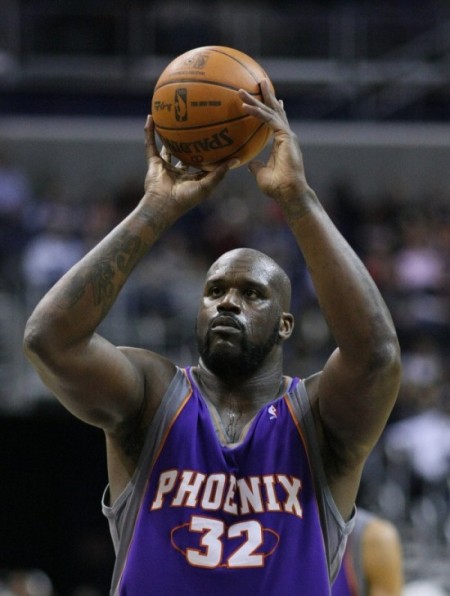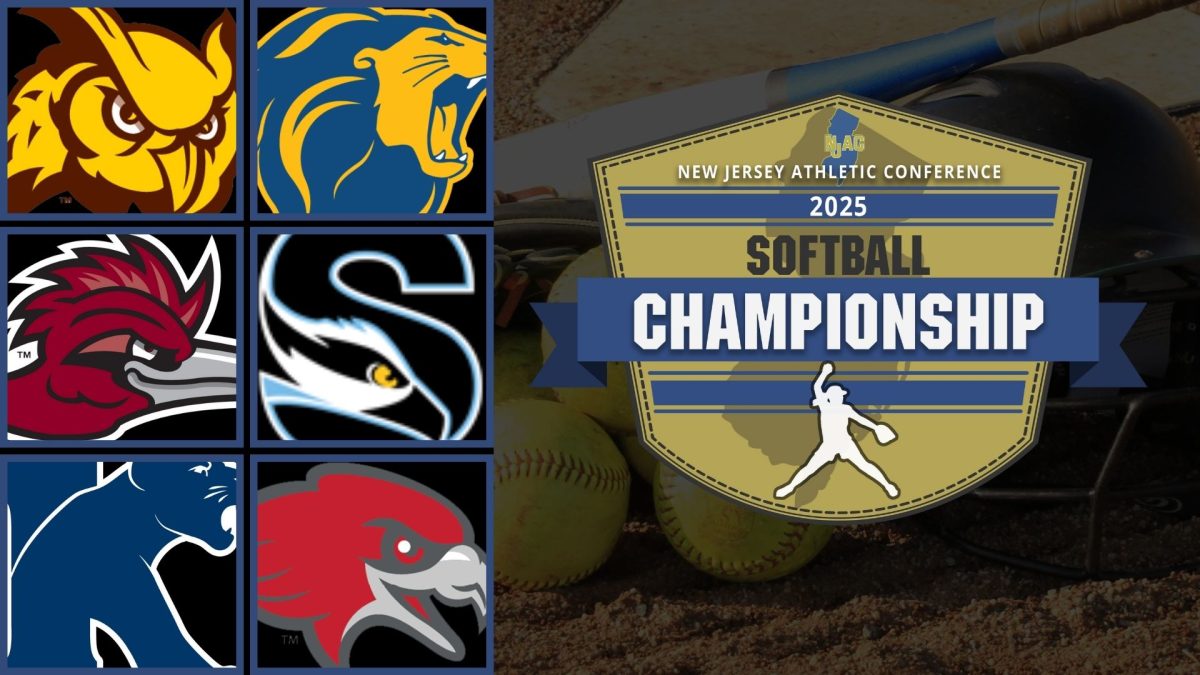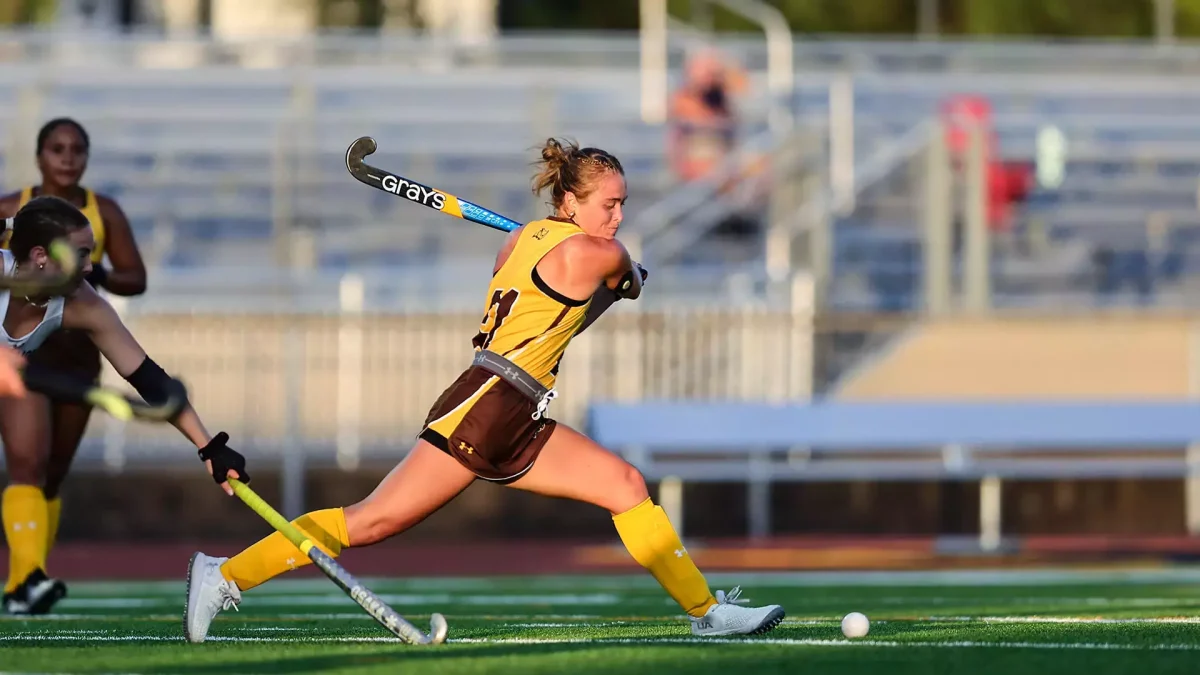The 1997 NBA season had arrived. A trio consisting of Michael Jordan, Scottie Pippen and Dennis Rodman had dominated the league. With Pippen’s all-around play, Rodman’s tenacious rebounding, and, well, Jordan being Jordan, the Bulls had seemed unstoppable yet again.
Aside from the outstanding play from the Bulls, the NBA had some notable occurrences that season. Washington Bullets fans had to get used to their team being called the “Washington Wizards,” the “restricted area” was created, and the Denver Nuggets would lose 71 games, tying the 1972-73 Philadelphia 76ers, 1986-87 Los Angeles Clippers, 1992-93 and 1993-94 Dallas Mavericks and later the 2010 New Jersey Nets as the only teams to lose 70 games in a season. Most notable of all though was what Mavericks head coach Don Nelson had brought to the table:
Hack-A-Rodman.
That’s right. Hack-A-Rodman. Now known as “Hack-A-Shaq,” or “Hack-A-Jordan” (for DeAndre Jordan). During the 1997-98 season, the Mavericks changed the game for better or worse. Although Nelson had the Mavs stranded at 20-62 at the end of the term, his decision to intentionally foul 56 percent free-throw-shooter Dennis Rodman started something that the league today is biting its tongue at.
Intentional fouling has been a strategy ever since the league started, but Nelson would add a twist to it. Instead of doing so to preserve time late in the game, Nelson would conduct these fouls on the weakest free throw shooter of the opposing team. This would not only preserve time for his team, but it would also, statistically, lessen the chance of the opposing teams scoring more than at least one point in that possession.
In short, the Mavs would have a greater chance at, let’s say, being down five, than being down six or seven, due to poor free throw shooting.
The use of “Hack-A-Rodman” would become dull in the game against the Bulls on Nov. 27, 1997, as Rodman would sink 9-of-12 and the Bulls would win.
Since the strategy didn’t work out as planned, the logic of it disappeared for two years; then Shaquille O’Neal appeared. A 53 percent career free-throw shooter, Shaq was the victim of one of the most-known controversial strategies ever used in the game of basketball. Known at the time as “Hack-A-Shaq,” the 2000 NBA Playoffs were stained by the act.
O’Neal was a Los Angeles Laker at the time. The LakeShow would face the Phoenix Suns and the Portland Trail Blazers in the second and third rounds, respectively, of the Western Conference playoffs. Both the Suns and Trailblazers used the “Hack-A-Shaq” technique, which led O’Neal and the Lakers to shoot a combined 62 percent from the charity stripe in the playoffs. This wouldn’t matter since the Lakers would go on to win the NBA Finals, with O’Neal winning MVP. This tactic came alive, though, and was on display. O’Neal attempted 296 free throws in the 2000 playoffs alone— 63 more than the next man in line, Jalen Rose. He would rack up 5,317 misses in his career, while tallying the NBA record for most free-throws attempted in a game at 39.
The argument against this game plan is that the act of repeatedly fouling the worst free-throw shooter brings the game of basketball to a standstill. When you watch a Clippers or Pistons game now, the last five minutes seem to consist of a game of tag, with either DeAndre Jordan or Andre Drummond trying to avoid opponents from sending them to the line. Fans of the game aren’t getting their money’s worth. The NBA is an entertainment business, and ever since “Hack-A-Player” started to come out, many of its fans and players have raised their brows — or “brow” if you’re Anthony Davis. Intentionally jumping on someone’s back at the line or chasing them the length of the court is turning the once solid, intense league into a circus.
NBA commissioner Adam Silver has raised his opinion on the matter recently this week, stating: “At the end of the day, we are an entertainment property, and it’s clear that when you’re in the arena, that fans are looking at me, shrugging their shoulders with that look saying, ‘Aren’t you going to do something about this?’” (Jeff Zillgitt, USA Today).
According to the USA Today article, three of the proposed ideas are to:
- Ban it.
- Limit the amount of times teams can intentionally foul
- Give an extra free throw to the shooter after a certain amount of team fouls are committed.
But isn’t it a player’s job to become the best they can be? If these athletes are getting the big bucks, shouldn’t they be able to hit a 15-foot shot—uncontested—consistently? I believe that, although the action of intentionally fouling the worst free-throw shooter can bring the game to a lull, it is just another brilliant strategy in sports; picking the flaws of a team in order to win. An example of a widely-debated strategy would be the shift in baseball, but that can be saved for another time.
At the end of the day, it comes down to the players and their ability to knock down free throws. You put in the work, you’ll get the results. If you’re all about the game, shouldn’t you be working your tail off to perfect your craft? I believe that this strategy is working, and it’s just another bump in the road that players must overcome.
Disclaimer: The opinions of this author do not reflect those of The Whit.
























































































































































!["Working with [Dr. Lynch] is always a learning experience for me. She is a treasure,” said Thomas. - Staff Writer / Kacie Scibilia](https://thewhitonline.com/wp-content/uploads/2025/04/choir-1-1200x694.jpg)










































